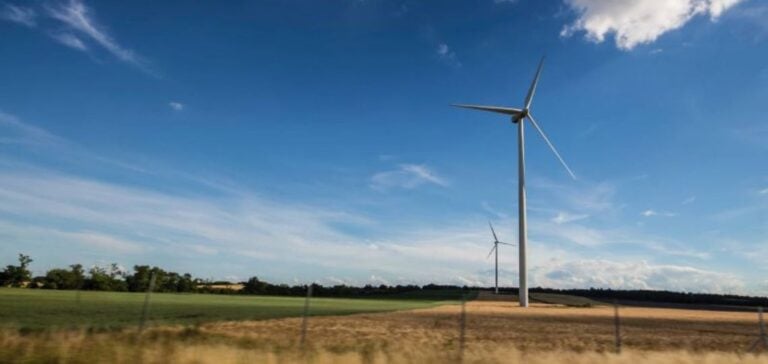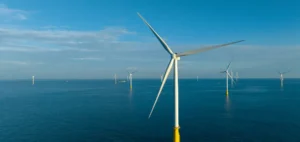Latvenergo AS buys 100% of Utilitas Wind’s Telšiai wind power project, a deal that will enable the company to start producing wind power with a capacity of 124MW as early as the first quarter of 2026. Utilitas Wind will manage the construction of the wind farm until completion. The project involves the installation of 20 Vestas wind turbines, each rated at 6.2MW, capable of generating electricity for more than 125,000 homes each year. This acquisition represents a major step forward for Latvenergo in the execution of its strategy to diversify renewable energy production (RES) capacity across the domestic markets of the Baltic States, including Latvia, Lithuania and Estonia. Mārtiņš Čakste, Chairman of the Board of Directors of Latvenergo AS, expressed his satisfaction with this international transaction, emphasizing the importance of the project for the company’s competitive edge and the promotion of the region’s energy independence.
Economic and energy impact
The installation of the Telšiai wind farm will have a significant impact on the Baltic States’ electricity market, notably by reducing electricity prices for consumers. By producing green energy locally, Latvenergo is helping to reduce the Baltic States’ energy dependence on external suppliers. Viktors Valainis, Latvia’s Minister of Economy, said: “Strong regional transactions and export growth are vital to Latvia’s economy. This project is an excellent example of how the free movement of capital benefits the economy of the Baltic States.” Demand for new renewable energy capacity is growing across the region, and wind power plays a crucial role in achieving climate targets and energy security. Rene Tammist, CEO of Utilitas Wind, emphasized that construction of the wind farm had already begun, with the aim of producing electricity as early as the first quarter of 2026.
A project supported by key partners
The Telšiai project is supported by several strategic partners. The wind turbines will be manufactured, supplied and assembled by Vestas, while the associated infrastructure will be built by Merko statyba UAB, with project management provided by Utilitas Wind. Provisional construction costs for the wind farm are estimated at around €200 million. Latvenergo AS worked with PricewaterhouseCoopers Ltd to evaluate domestic wind project developers and their projects in Latvia, which led to the approach of several traders with highly developed wind projects in their portfolios. This collaboration underlines the importance of partnerships and rigorous assessments to ensure the success of large-scale renewable energy projects.
Prospects and future of green energy
Latvenergo Group’s strategy is to promote the competitiveness and growth of a carbon-neutral Latvia, and to increase the Group’s value in the Baltic market and beyond. This vision is supported by the development and supply of goods and services in the energy and related business value chains in a sustainable, innovative and economically sound manner. The acquisition of the Telšiai wind project is part of this broader strategy, aimed at adding 2,300MW of solar and wind power capacity in the Baltic States by 2030. In 2023, the proportion of renewable electricity generated by the Group reached 73%. Geographical expansion and diversification of renewable energy sources are essential to ensure the energy security and independence of the Baltic States.





















